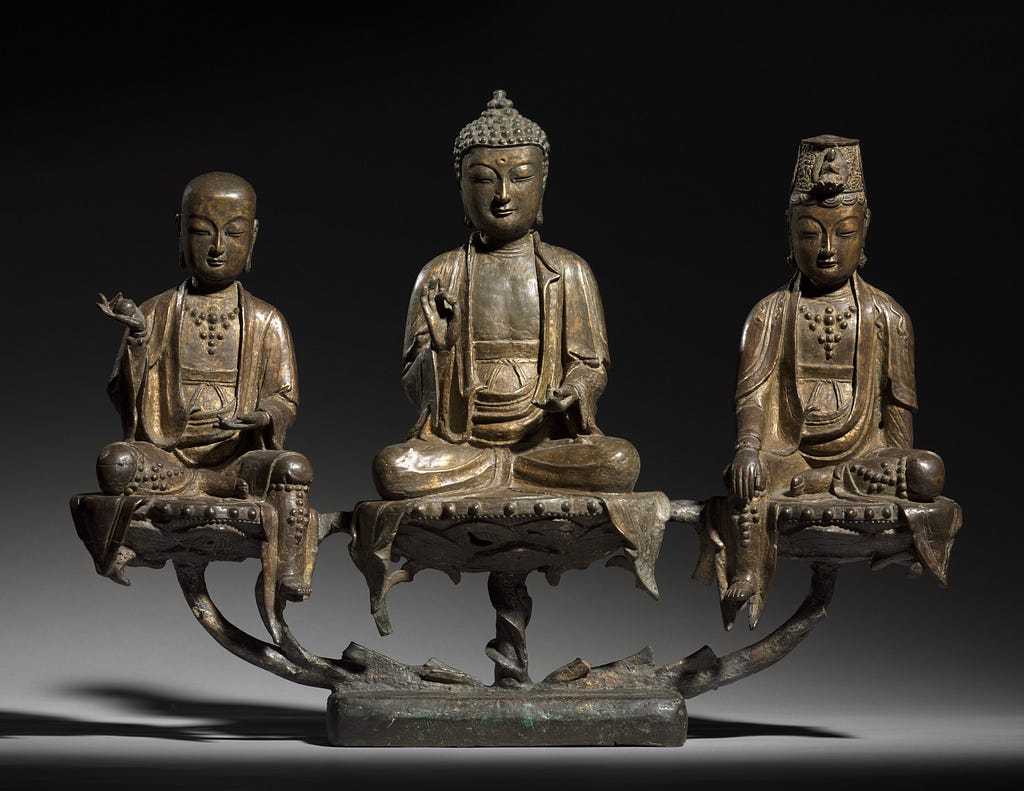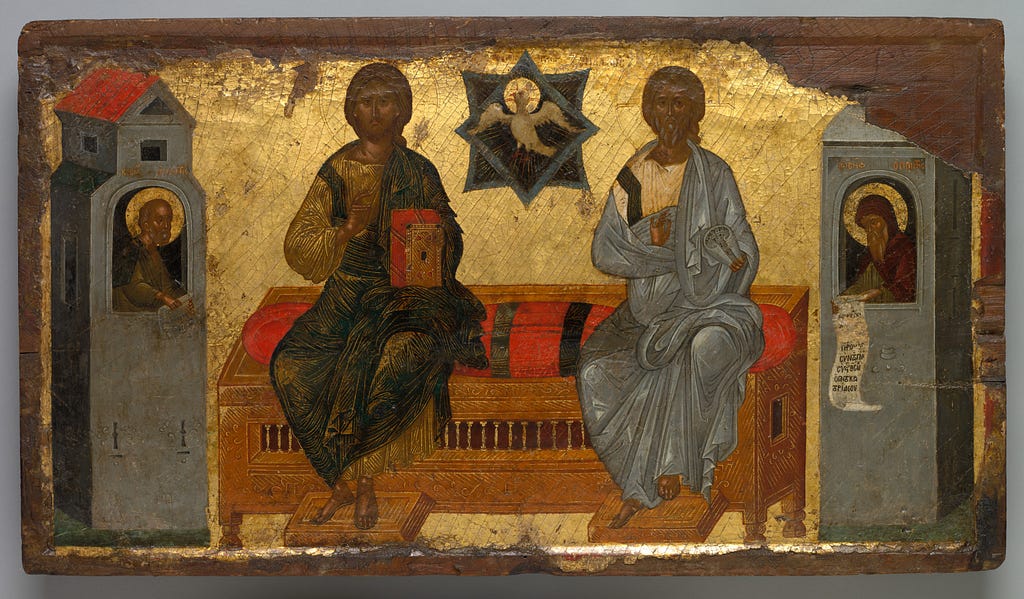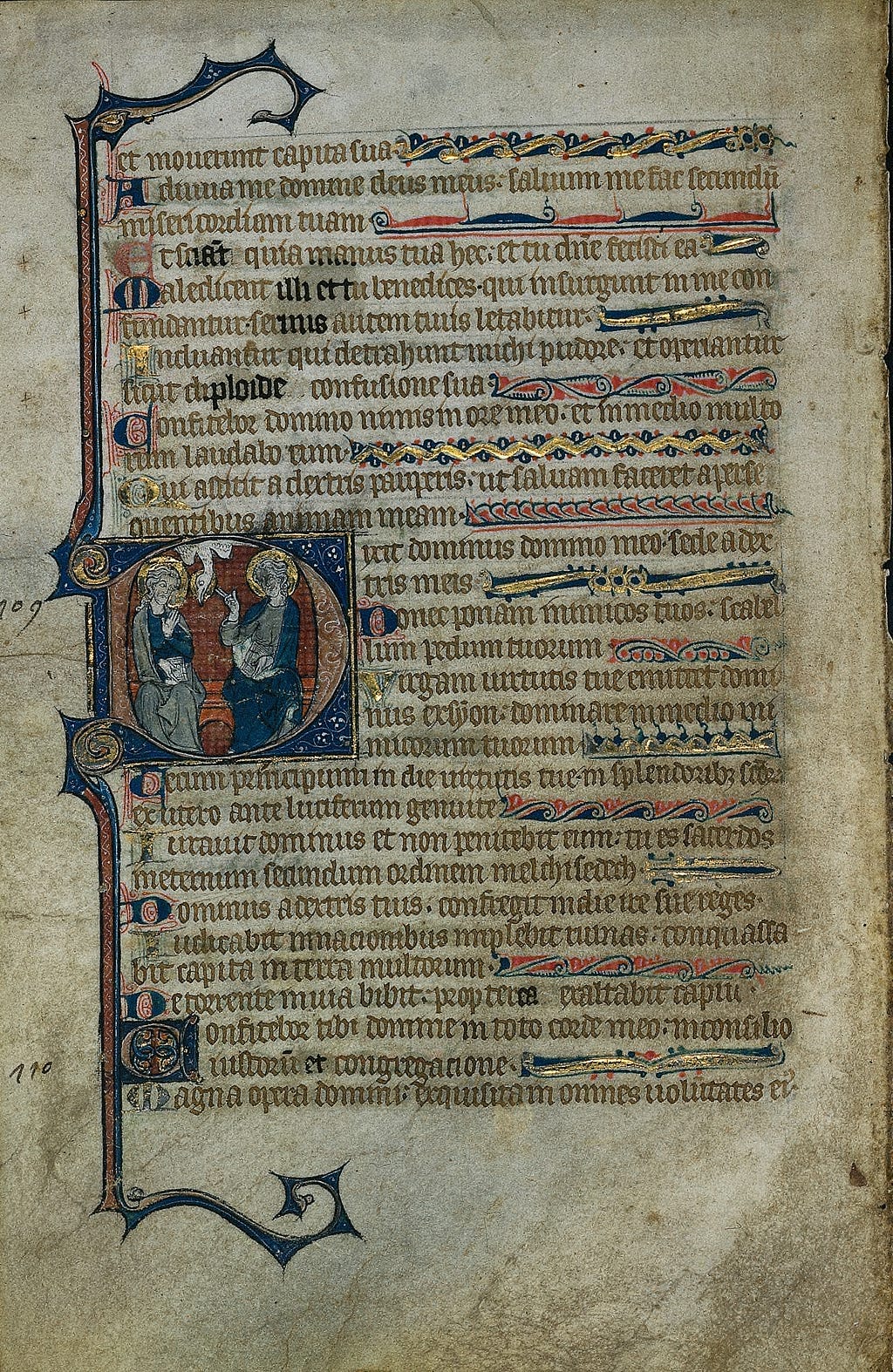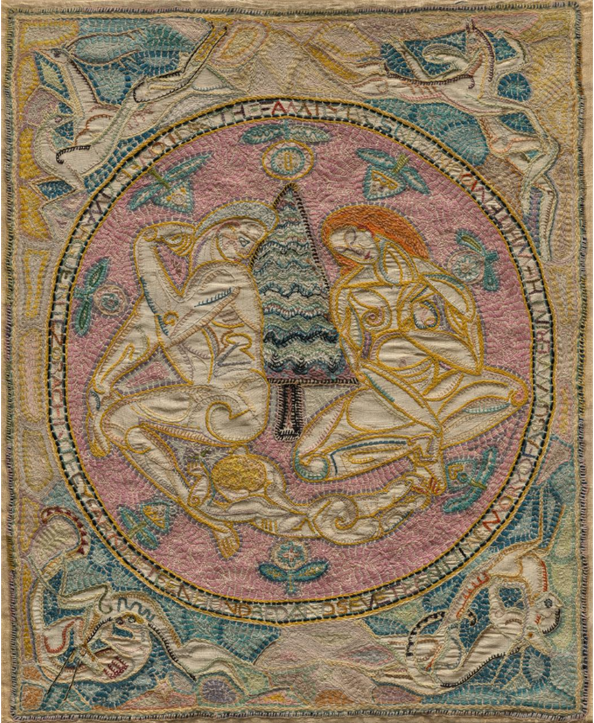By Justin Willson, Mellon Postdoctoral Fellow in Art History Leadership, The Cleveland Museum of Art / Case Western Reserve UniversitySeating arrangements shape many of our activities, from business meetings, concerts, and meals to car rides, graduation ceremonies, and weddings....
By Justin Willson, Mellon Postdoctoral Fellow in Art History Leadership, The Cleveland Museum of Art / Case Western Reserve University
Seating arrangements shape many of our activities, from business meetings, concerts, and meals to car rides, graduation ceremonies, and weddings. One might go so far as to say that where we sit is a fundamental human concern. However, for many cultures, seating arrangements are also a theological belief, shaping views about how their gods interact with one another.
Many works of art at the Cleveland Museum of Art speak to the theme of heavenly seating arrangements. One example is a bronze shrine from medieval Korea, likely used for personal devotion (fig. 1). This sculptor, who was active in fifteenth-century Korea, depicted the Buddha of Western Paradise, Amitabha, calmly seated on a lotus flower pedestal. To Amitabha’s left sits the attendant Ksitigarbha and to his right sits Avalokitesvara.
 Figure 1. Amitabha Triad, 1400s. Korea, Joseon dynasty (1392–1910). Bronze with traces of gilding; 40.6 x 16.5 x 54.6 cm. Worcester R. Warner Collection, 1918.501
Figure 1. Amitabha Triad, 1400s. Korea, Joseon dynasty (1392–1910). Bronze with traces of gilding; 40.6 x 16.5 x 54.6 cm. Worcester R. Warner Collection, 1918.501While all three figures lie on the same plane, Amitabha stands out because of his large size, symmetrical posture, ringlets, and centrality. The wide circumference of his lotus flower conveys that he is the focal point of the composition and that his body is the holiest among the three.
Triads of divine beings were also a common theme of medieval Christian art. One of the most remarkable examples at the CMA is an icon likely painted in medieval Constantinople (present-day Istanbul) around the same time as the Korean shrine (fig. 2). The CMA acquired this extremely rare panel in 2016 from the Temple Gallery in London, a leading dealer of icons in the English-speaking world. This icon is the earliest known example of this image type in Byzantine panel painting.
 Figure 2. Icon of the New Testament Trinity, c. 1450. Byzantium, Constantinople. Tempera and gold on wood panel (poplar); 35.5 x 62.5 x 2.7 cm. Severance and Greta Millikin Trust, 2016.32
Figure 2. Icon of the New Testament Trinity, c. 1450. Byzantium, Constantinople. Tempera and gold on wood panel (poplar); 35.5 x 62.5 x 2.7 cm. Severance and Greta Millikin Trust, 2016.32Greek Orthodox Christians believe that all three persons of God?—?the Trinity?—?are equal in power. However, this painter does not translate that idea into a perfect visual symmetry. The Father and Son, seated on the right and left, respectively, do not have identical body types, whereas the Spirit, symbolized as a dove, hovers between them.
The painter imitates textiles and gilding to convey the glory of the divinity’s seat. The sumptuous red cushion atop the bench is decorated with goldwork, or metal thread embroidery, an adornment typical of furnishings at the imperial palace in Constantinople. Moreover, the painter calls attention to the splendor of the bench, which is highlighted with gold assist. In this technique of painting, thin sheets of gold leaf are placed over a primed surface and sections are scraped away, leaving geometrical patterns that dazzle the eye as light splashes across the shimmering surface.
While the rigid bodily postures of the Father and Son lend the pictorial composition an air of timelessness, painters in fact constantly adjusted the Trinity’s seating arrangement, belying the aura inevitability imposed upon God’s unchanging identity. This painter most likely borrowed his seating arrangement from Western manuscripts, which Byzantine workshops encountered in the centuries after the Fourth Crusade (1202–4). The Son’s placement at the Father’s right hand derives from a passage in the Book of Psalms, commonly illustrated by Western painters. On a folio from an English Psalter at the CMA, a painter depicted the Father (to the right) instructing the Son (to the left) about where to sit (fig. 3). The verse reads: “The Lord said to my Lord: ‘Sit at my right hand.’”
 Figure 3. Leaf from a Psalter: Historiated Initial D with the Trinity, c. 1310. Follower of the Master of the Queen Mary Psalter. England, East Anglia. Ink, tempera, and gold on vellum; each leaf: 26.7 x 17.5 cm. The Jeanne Miles Blackburn Collection, 1999.125
Figure 3. Leaf from a Psalter: Historiated Initial D with the Trinity, c. 1310. Follower of the Master of the Queen Mary Psalter. England, East Anglia. Ink, tempera, and gold on vellum; each leaf: 26.7 x 17.5 cm. The Jeanne Miles Blackburn Collection, 1999.125Art historians refer to this technique of illustration as a historiated initial because the scene is embedded inside the first (initial, or capital) letter of the text. On this folio, that letter is the D that opens the passage Dixit dominus domino . . . (The Lord said to my Lord . . . ). While the reader moves right across the page, the Father speaks in a left-facing direction, designating the Son’s position at the beginning of the text line.
The two seated figures, the red bench, and the complementary colors on this page all look ahead to the Byzantine icon. So too does the hovering bird?—?the symbol of the Holy Spirit, the only figure not seated. This small detail, as it so happens, tells a big story. The twist of the bird’s torso allows it to face the Son, lending weight to the controversial doctrine that the Spirit is with the Son. This is the so-called Filioque doctrine, a dispute between the Catholic and Orthodox churches that lasted for more than five centuries.
In Greek sources, this image type is referred to as the synthronos (literally, “enthroned together”), alluding to the seated posture of the figures. In countless treatises, Greek authors drew diagrams showing where each person should sit. In essence, they were designing seating charts for God.
In church architecture, the synthronos is the seated area for bishops around the altar, the position of honor within the chancellery. From there, the religious leaders have a front-row seat to the activities of the priests and deacons as they perform the rites behind the templon (chancel barrier). This low-lying wall keeps the faithful from beholding the sacred mysteries.
The CMA icon reflects this broader liturgical context. On the sides, two figures emerge from the windows of two towers, holding scrolls in their hands. In Byzantine art, scrolls signify spoken, as opposed to written, language?—?in this case, songs. The red inscriptions inform us of their identity: “Joseph the Poet” (right) and “Kosmos the Poet” (left). Joseph and Kosmos were two of the most famous Byzantine hymnographers.
The inscription on Kosmos’s scroll is no longer legible, but we can read the ending of Joseph’s scroll: “. . . The Father and the Son with the Spirit, you are my God, your omnipotence” (. . . ? ????? ? ???? ??? ?? ????????, ?? ?? ???? ???, ? ????????????? ???). The grammar of the first clause reinforces the icon’s visual hierarchy. Whereas “Father” and “Son” are in the nominative case (they are the subject of the clause), “Spirit” is in the dative case (it is embedded in the prepositional phrase “with the Spirit”). The hymn, like the image, prioritizes the Father and Son, while relegating the Spirit to an accompaniment of the Son.
What the Korean sculpture, the medieval Psalter, and the Byzantine icon all teach us is that seating arrangements come in many forms. While the religious meanings of these artworks differ, they all convey ideas about theological hierarchies and the interpersonal relationships of immortal beings. In many respects, the compositional rules governing how artists portrayed the gods reflect the worlds in which the artists worked. The right-hand position invoked in the Christian images speaks to a place of honor in European and Mediterranean societies, whereas the Buddha’s centrality on the Korean shrine speaks to the importance of a singular focal point in Joseon culture. Seen through the eyes of these premodern artists, in heaven even the immortal gods were conscious of who sat in the seat of honor.
A Seating Arrangement for God was originally published in CMA Thinker on Medium, where people are continuing the conversation by highlighting and responding to this story.













